Best Hair Care Routine for Your Hair Type
Apr 26, 2021 | By Maria Eliza Pineda
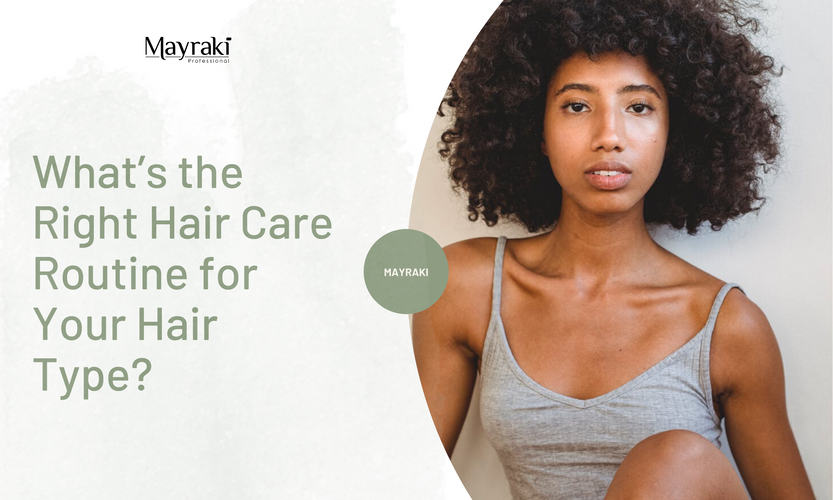
Every type of hair needs a different kind of hair care routine. Want to know what the best hair care routine you can do for your hair type? Here are a few tips!
Hair comes in all shapes and sizes. Textures can differ so much from person to person and there really is no one size fits all hair care routine that will take care of everyone’s type of hair equally. To really optimize your routine and make your hair be the best version of itself, you have to get to know your hair first and find out where it stands as far as hair type, texture, and porosity. Once you’ve figured out all of these things, then you can start to customize your hair care routine based on the natural needs of all of these elements.
There can be different combinations of these elements that need different combinations of hair care products to balance everything out. Is it starting to sound a little complicated? Don’t worry, it’s not! Once you really know your hair, it’s easy to figure out what kind of care it needs.
To help you out with that, we’ve created a little guide for you here.
Fine Straight Hair
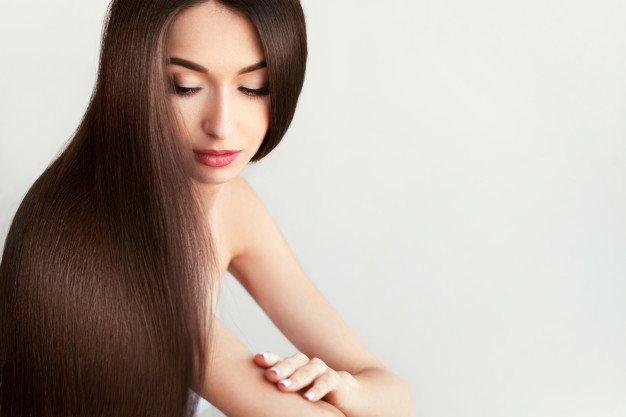
Determining straight hair is fairly easy to do. You just have to look in the mirror and see that if your hair is stick straight and does not have any sort of wave to it, then you have straight hair! This is your hair type. However, determining your hair texture is also important. That’s just the natural thickness of each individual strand of your hair.
If you have fine straight hair, you will be able to determine that by looking at one strand of your hair. Take it between your fingers and feel its texture by passing your hair through. If the hair feels smooth and you can barely feel anything between your fingers, your hair is fine.
For fine straight hair, it tends to become frizzy and oily at the same time quite easily. However, if you keep your roots clean, it’s easy to get a neat but voluminous look with your fine hair. Make sure to always clarify your roots with a gentle but thoroughly cleansing shampoo and keep your ends hydrated with oils or a deep conditioner. You can also use a keratin or protein treatment to strengthen and thicken the strands of your hair a bit.
Check out:
Mayraki Ultra Repairing & Weightless Moisture Shampoo
Mayraki Weightless Essential Oil Nutritive Treatment
Mayraki Organic Hydrolyzed Keratin Instant Smoother System
Thick Straight Hair
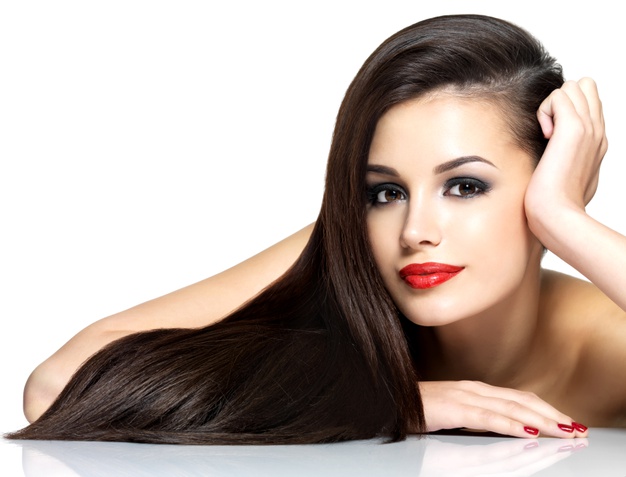
Thick hair can be determined just the same as how to determine fine hair. But instead, if the hair feels significant between your fingertips as opposed to feeling like there’s barely anything there, that means your hair diameter is thick.
Thick straight hair is a little bit easier to maintain than fine straight hair. It usually already looks good unstyled because it’s not that prone to frizz. But because the strands are thick and the hair is straight, it might look a little dull. Make sure to give it life by using volumizing shampoos and styling products. Keep the balance by including some moisture in your routine and doing hair masks and treatments regularly.
Check out:
Mayraki Purifying, Anti-Dandruff & Volumizing Amino Acid
Thick Wavy Hair
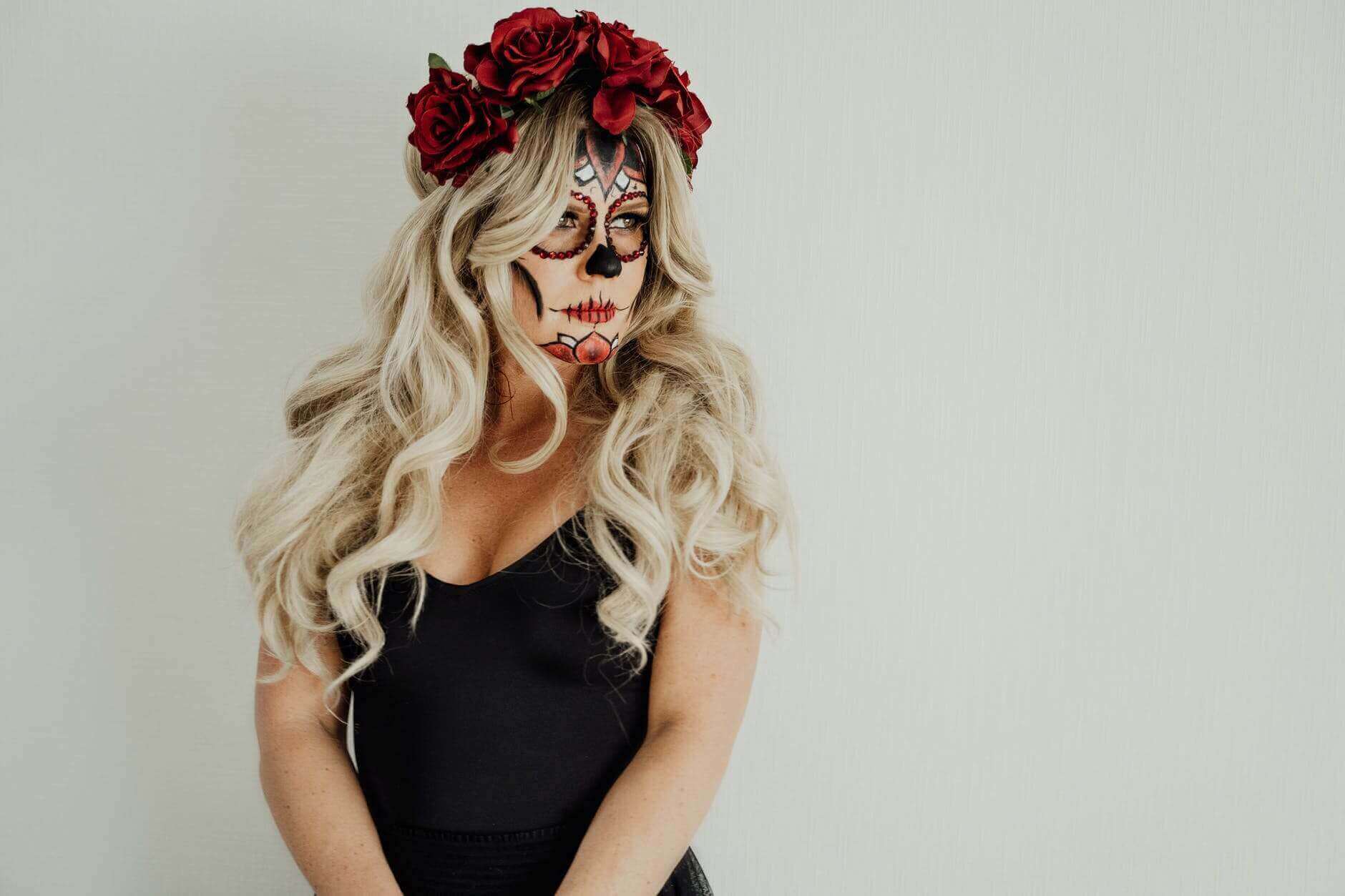
we’ve come to the curl patterns! Wavy hair is determinable by that slight S in your strands that’s not quite a ringlet. There are different types and levels of waves so make sure to determine which you are with this guide.
Wavy hair can also be either fine or thick. If you have thick wavy hair, your waves might be a little less pronounced with all the weight of the strands. You want to bring out those waves uniformly by using curl defining products such as serums or creams at the ends and scrunching them in your hair. Use a volumizing shampoo at your roots to keep things from going heavy and limp.
Fine Wavy Hair

Fine wavy hair is prone to a lot of frizziness and volume. However, it does also tend to buildup on the scalp and roots easily with sebum and product. For this hair type, make sure that you wash your hair less so that you don’t strip your hair of moisture but when you do, wash with a clarifying shampoo. Put lots of moisture in your ends (more than what you would think!) by doing hair masks, treatments, and squishing conditioner in. You can also add shine and strength to your hair by doing keratin and protein treatments. This will also add shine and smoothness. Make sure that you are keeping all of the intense moisture at the ends of your hair and keeping your roots fresh and clean.
Fine Curly Hair
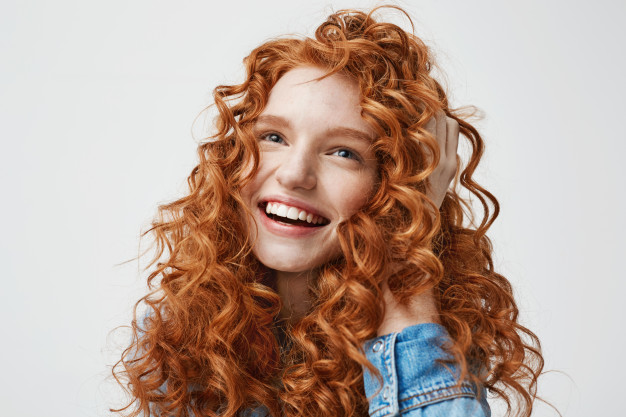
Curly hair is a lot different than straight and even wavy hair. This type of hair will almost never be oily or greasy and will absorb all moisture like the most parched person in a desert. For fine curly hair, you will need to wash very rarely and only when necessary. When you do wash your hair, make sure that it’s with a sulfate-free, deep cleansing, but still very moisturizing shampoo.
For all curly hair types, never brush your hair dry and with fine bristles or teeth. Always brush with firm but flexible bristles who have a bit of space between them so you don’t knot and break your hair. Your hair will also benefit from lots of moisture and protein. Include intense moisturizing treatments into your routine regularly and balance everything with a protein treatment to seal everything in.
Check out:
Coarse Curly Hair

nlike thick straight or wavy hair, coarse curly hair is a little different. Coarse hair is a very thick type of hair that feels a little rough to the touch and this texture is usually found with very curly hair. Coarse curly hair will need even double the amount of moisture than fine curly hair. It’s very hard to over-moisturize with coarse hair so the more hydration, the better!
You will need to wash coarse curly hair only when absolutely necessary and do it with a sulfate-free, clarifying, and moisturizing shampoo. Hydrate your hair with a ton of moisturizing treatments, hair oils, leave-in conditioners, and curl creams. Make sure to concentrate them at the ends but put a tiny amount at your roots as well. Rarely will your hair feel greasy weighed down, so you can put a bit of product at your roots to create definition and shine.
Low Porosity Hair
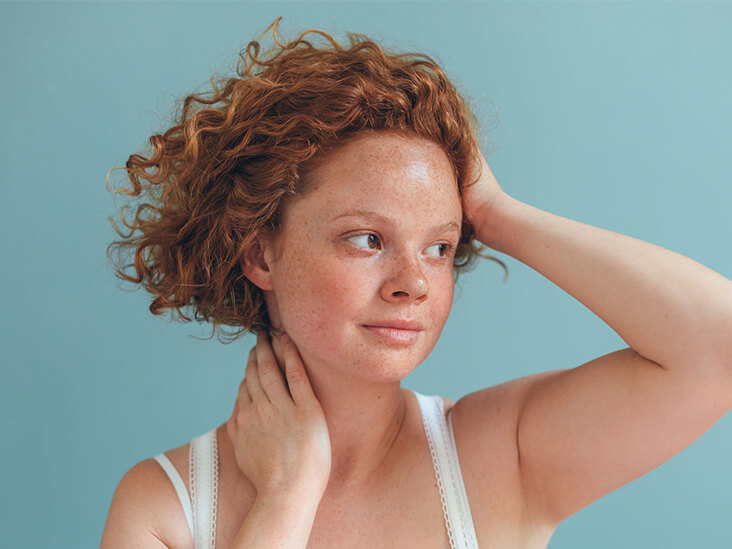
photo from Healthline
Porosity determines how your hair absorbs and retains moisture. Low porosity hair retains moisture amazingly but doesn’t absorb moisture very well. When you have low porosity hair, you will feel that it’s thicker and naturally shiny. It doesn’t get wet very easily because it doesn’t absorb moisture well.
Hair care for low porosity hair is fairly easy. Just make sure to not overload your hair with moisture by doing frequent intense deep conditioning treatments. Do them only once in a while (every few weeks or so) to keep your hair healthy.
High Porosity Hair

Photo from Healthline
High porosity hair is a bit more high maintenance because this usually means that your hair is damaged. Your hair gets more and more porous as you do things like color, bleach, and heat style it. Porous hair is thinner than low porosity hair and absorbs moisture very easily. But it also loses moisture just as easily. Take care of your porous hair by doing frequent hydration and repair treatments and sealing it all in and strengthening your hair with a protein treatment.
Check out:




